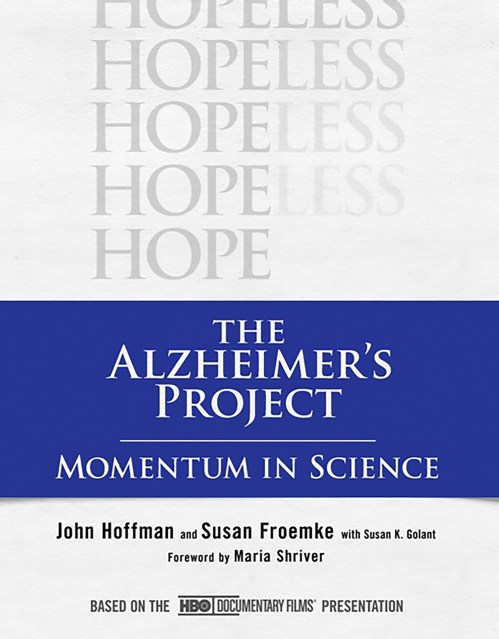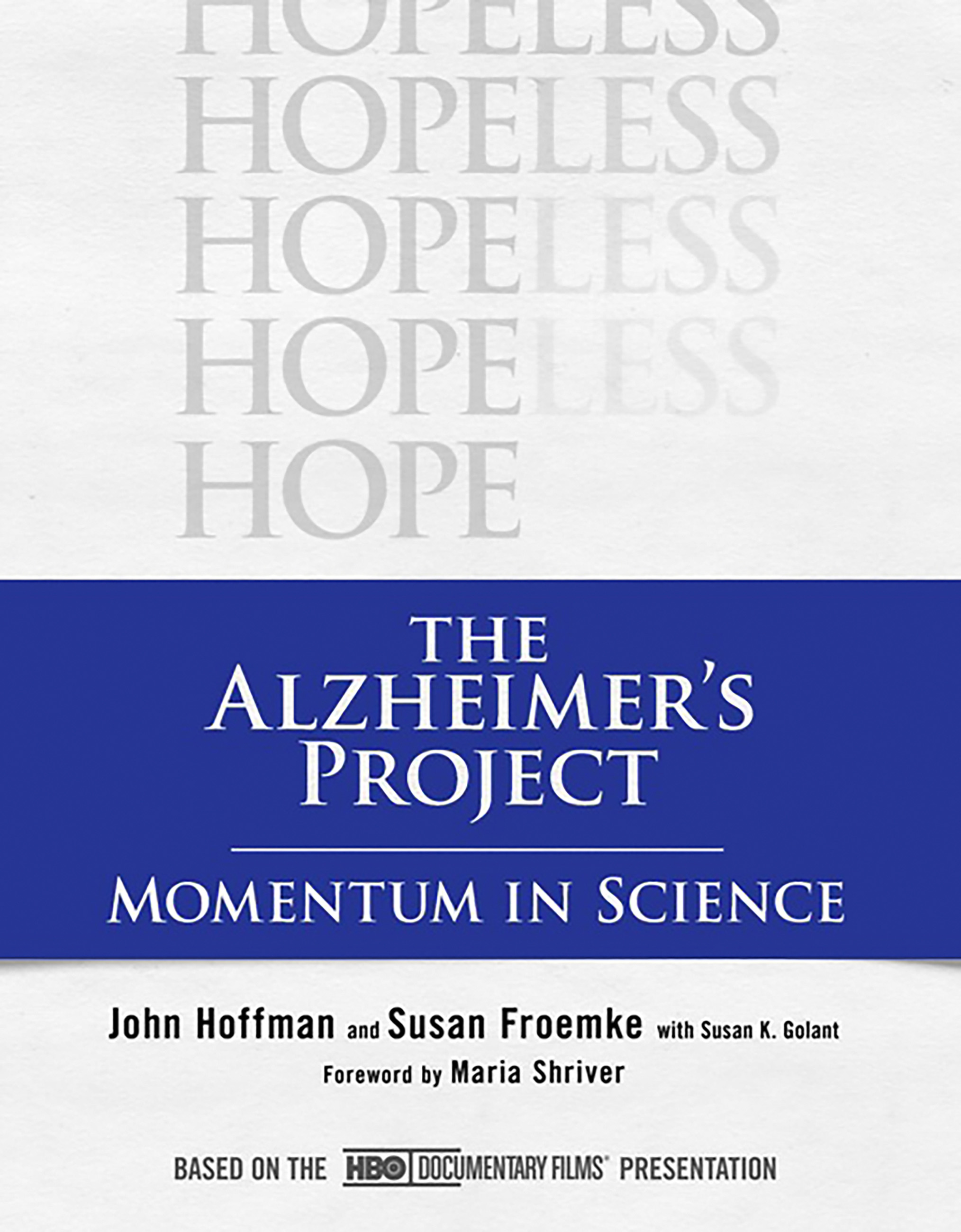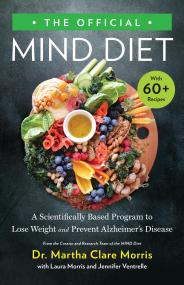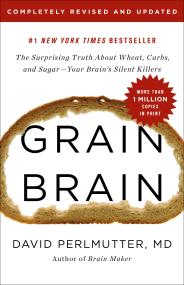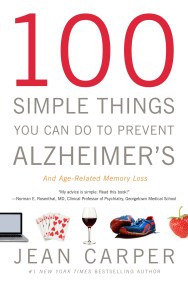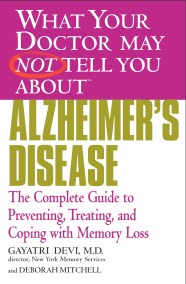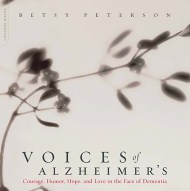By clicking “Accept,” you agree to the use of cookies and similar technologies on your device as set forth in our Cookie Policy and our Privacy Policy. Please note that certain cookies are essential for this website to function properly and do not require user consent to be deployed.
The Alzheimer's Project
Momentum in Science
Contributors
By John Hoffman
By Susan Froemke
With Susan K. Golant
Formats and Prices
Price
$10.99Price
$13.99 CADFormat
Format:
ebook $10.99 $13.99 CADThis item is a preorder. Your payment method will be charged immediately, and the product is expected to ship on or around May 12, 2009. This date is subject to change due to shipping delays beyond our control.
Also available from:
Alzheimer’s disease is the second most-feared illness in America, following cancer. It affects as many as 5 million Americans, a number that could soar to 16 million by 2050. It is estimated that, unless effective preventions are discovered, 10 million baby boomers will eventually develop this irreversible and devastating brain disorder.
Until recently, medical news on Alzheimer’s disease was not comforting. But in the past few years, advances in many scientific areas — from diagnostic imaging to genetic analysis — have led to an explosion of knowledge with implications for treatment and prevention. This is an exciting time of discovery in Alzheimer’s research.
Through The Alzheimer’s Project film series, HBO Documentary Films illuminates the vital breakthroughs occurring in the field. One of the central films in this series, Momentum in Science, brings us inside the laboratories and clinics of the nation’s top scientists and physicians who are clearing the path to a deeper understanding of Alzheimer’s disease. By capturing the exhilaration of these scientists and casting light on their groundbreaking discoveries, the film seeks to bring a wider understanding of the disease and new hope for future treatment.
This book offers an even closer look at the advances of this scientific frontier. It investigates the complex cascade of events that occurs inside the brain when someone has Alzheimer’s disease and shows how scientists are working to interrupt this process and ultimately prevent the disease. In accessible prose, it examines specific evidence of momentous progress, from the triumphant discovery of the unique role of the beta-amyloid and tau proteins, to the use of PET scans to track changes in the brain and the analyses of cerebrospinal fluid to identify biomarkers that will help us predict who will develop the disease in the future. It also looks at current drug development and at what we can do as individuals to potentially reduce our risk of developing the disease.
The Alzheimer’s Project: Momentum in Science is a fascinating story of scientific discovery that shows what recent breakthroughs might mean for improving our chances of remaining cognitively vital throughout a long life.
- On Sale
- May 12, 2009
- Page Count
- 224 pages
- Publisher
- PublicAffairs
- ISBN-13
- 9780786747542
Newsletter Signup
By clicking ‘Sign Up,’ I acknowledge that I have read and agree to Hachette Book Group’s Privacy Policy and Terms of Use
